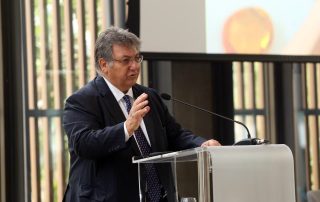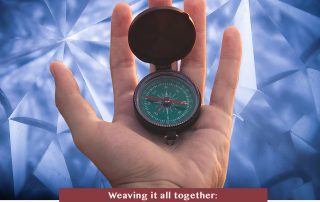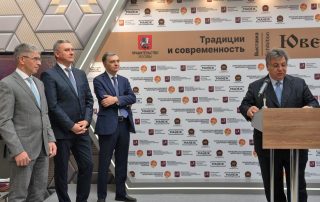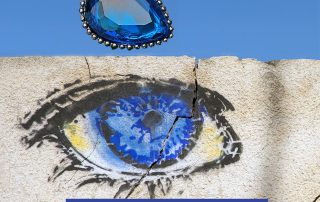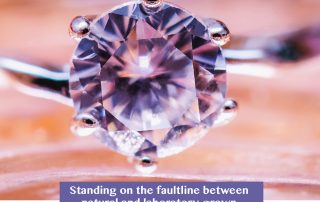CIBJO President presents options for jewellery sector sustainability at Brazilian industry seminar in Rio de Janeiro
ABOVE: CIBJO President Gaetano Cavalieri delivering the opening address at the 6th Technology in the Jewellery Industry Seminar in Rio de Janeiro on October 22, 2019.
OCTOBER 24, 2019
CIBJO President Gaetano Cavalieri has provided an overview of sustainability in the jewellery industry. He was delivering the opening address of the the 6th Seminar on Technology in the Jewellery Industry Seminar in Rio de Janeiro, organized by Systema Ajorio, with the support of Firjan and IBGM. Following the address he was interviewed on the podium by Carla Pinheiro, President of Systema Ajorio.
The theme of this year’s seminar was sustainability, which is an issue of critical importance in Brazil. Today as the world’s ninth largest economy, the country holds massive reserves of biodiversity and, home to 60 percent of the world’s largest rainforest, the Amazon, it is known as the earth’s lungs. Brazil is also one of the largest suppliers of coloured gemstones globally.
“Can we consider the mining of diamonds, coloured gemstones, jade, and precious metals, like gold, silver and platinum, as sustainable? After all, once they are removed from the earth they do not return,” asked Dr. Cavalieri, who explained that an industry it has been necessary to view sustainability from a somewhat broader perspective.
“For minerals, we have defined sustainability as the generation of sustainable grass-roots economic and social opportunities in the countries and regions in which they are located. And here we refer to opportunities both in the mineral extraction and the jewellery industries, and also in other economic sectors, which are secondary beneficiaries of the investments made in and revenues generated by precious gems and minerals,” he continued.
But, said the CIBJO President, there also are parts of the jewellery business, where not only economic activity is sustainable, but so is the product – environmentally as well as socially and economically. “These most often these involve biogenic materials in a marine environment, where sustainability is made possible through aquafarming, such as with cultured pearls, or controlled harvesting, as with precious coral,” he explained.
Sustainability in a luxury product industry like jewellery will not be achieved through a single undertaking, but rather through a multitude of acts, by people and companies working together or individually, Dr. Cavalieri said. To further this process, over the past several years there has been a strong move toward the adoption of uniform standards of practice, so as to optimise conditions in which sustainable activities can take place. These include the creation of strict codes of practice, against which some companies choose to be audited and certified.
CIBJO, he said, has been working hard to provide solutions, and particular in the more fragile sectors of the jewellery business, like coloured gemstones, where almost all firms qualify as SMEs, even the mining companies. In January of this year, the CIBJO Board of Directors approved a Responsible Sourcing Blue Book, which provides a framework and guidance for ethically sourcing gems and precious metals responsibly in the jewellery sector. It references the OECD’s Due Diligence Guidance for minerals from high-risk areas, insists on compliance with the Kimberley Process Certification Scheme and the World Diamond Council System of Warranties, and supports the United Nations Guiding Principles on Business and Human Rights.
“The philosophy that guided us in the creation of the Responsible Sourcing Book is that all participants in the jewellery business have a duty of care, and thus should conduct supply-chain due diligence to the best of their ability, and improve over time. While we support the principle of having responsible practices being verified and certified by standards organisations and independently audited, we also recognise that, at any particular point in time, not every company has the capacity to do so,” he stated.
“We are still on the journey, and there are many milestones to pass,” CIBJO President said. “I strongly believe that, by committing to sustainability, our industry is able redefine the value proposition of our products in the public consciousness. Not only are they objets d’art and symbols of love and devotion, but they also are instruments that actively serve to create better and more sustainable societies. When consumers buy jewellery, they should feel that they are not only doing something for themselves and their loved ones, but for the world and society as well.”

